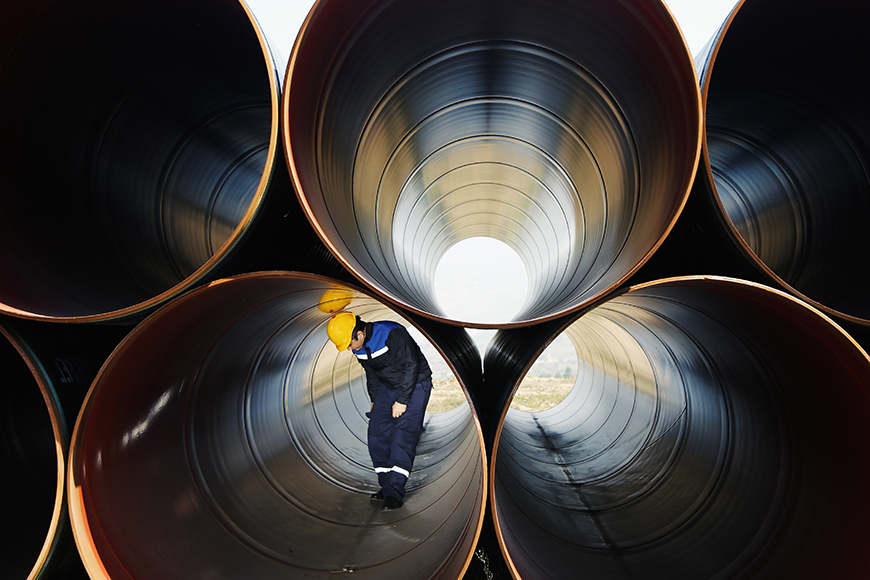- About Us
- Our Services
- Training Expertise
- Crisis Management for Business & Industry
- DOT PHMSA ALERT Rail Car Training
- Emergency Management
- Environmental & HAZMAT
- First Response & HAZWOPER
- Maritime Security
- OSHA Training/Confined Space
- RDPC
- Safer News Gathering
- Safer Ohio Schools Using Threat Assessment Management
- School Safety & Security
- Workplace Violence Prevention
- Courses
- Our Clients
- Media
Ignorance Of The Law Is No Excuse

Last year, a federal appeals court upheld an OSHA penalty against a Georgia contractor who failed to provide proper fall protection to an employee who later died as a result of an on-the-job accident. The judgment of the court was that “ineffective training”, as the ruling called it, could not be used as an excuse against serious OSHA fines.
The ruling came from The U.S. Court of Appeals for the 11th Circuit and was directed at Martin Mechanical Contractors of Athens, GA. Martin was cited for a willful violation and fined $49,000 by OSHA after an investigation into the death of an employee in late 2015. The worker fell through a ceiling opening where a skylight would be installed later. The opening was only covered by a plastic sheet, and the worker was not wearing any fall protection, even though his supervisor had the correct PPE on-site. The fall was to a concrete floor from a height of 15 feet, and the worker died in the hospital from his injuries.
Martin Mechanical claimed that the job foreman was unaware of the regulations that apply to this kind of work, and the company sought relief from the OSHA penalty on this basis. The federal court and a preceding administrative law judge both dismissed this claim, making it clear that a claimed ignorance of the regulations is no excuse for those rules to not have been followed.
Findlay All Hazards’ familiarity with the case ends with what has been reported in articles like this one. But we believe the most severe result of this situation, the loss of life, could have been avoided if safety training were taken to heart. Some link in the information chain, between the creation of the fall-protection regulations (which were recently updated) and the worksite, was broken… Or perhaps never forged. And sometimes, what seems like a shortfall distance (in this case, just 15 feet) is sadly not treated as a high risk, because it seems like a height that would not cause serious injury. The Georgia case proves otherwise.
And the OSHA regulations disagree, too: “OSHA requires that fall protection be provided at elevations of four feet in general industry workplaces, five feet in shipyards, six feet in the construction industry and eight feet in longshoring operations,” according to OSHA.gov (see 29 CFR 1926 for the construction industry specifics). The height of the skylight in Martin Mechanical incident was two and one-half times the minimum height where fall protection standards should have been applied.
With ignorance of the rules clearly not an acceptable means to defend against citations, and with lives in danger even from fall distances that may appear tolerable to some, contractors of all nature must engage and depend upon clear, complete training to stay legal and safe. Simply posting the regulations and acquiring PPE is not sufficient. Workers need to be taught the safety mindset so that there is never a question or hesitation about when to do the right safety gear.
Findlay teaches thousands every year how to protect themselves and their crews from terrible incidents. We can help you train your entire team to work safer every day and everywhere. Talk to a Findlay All Hazards program manager today.
